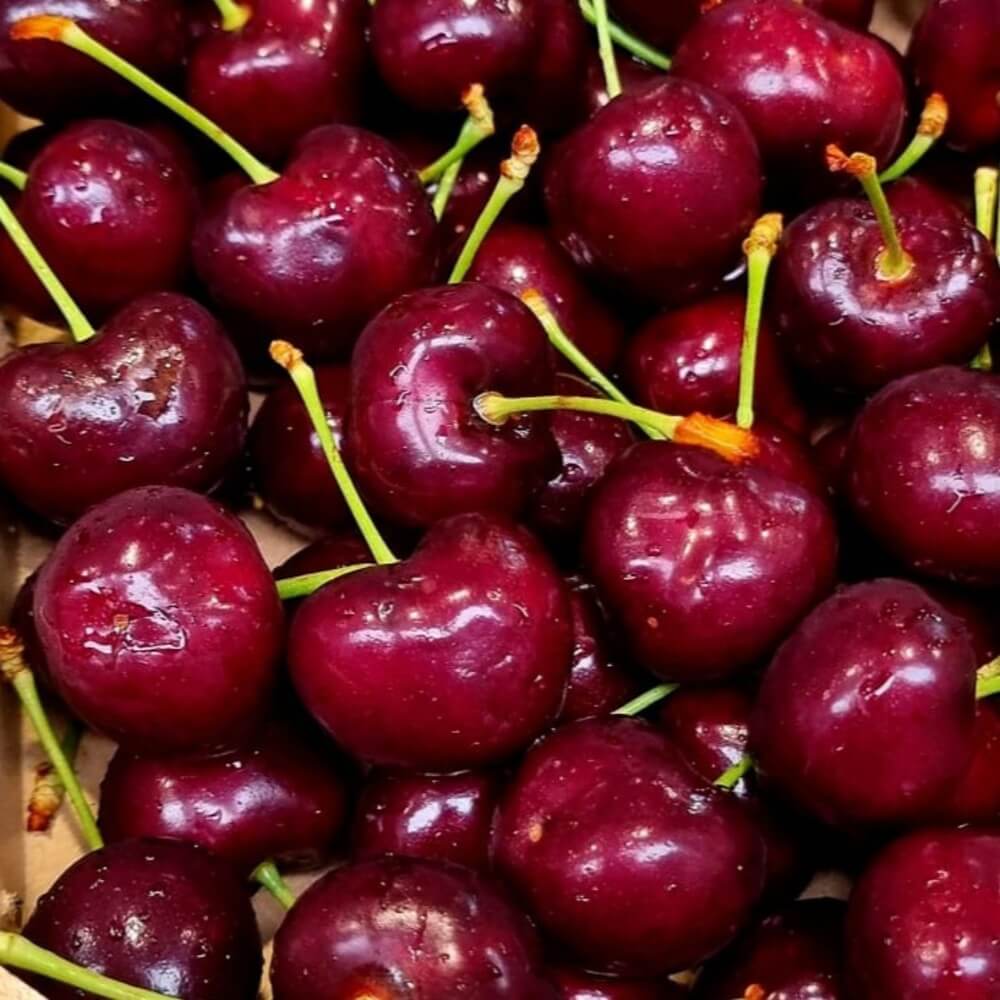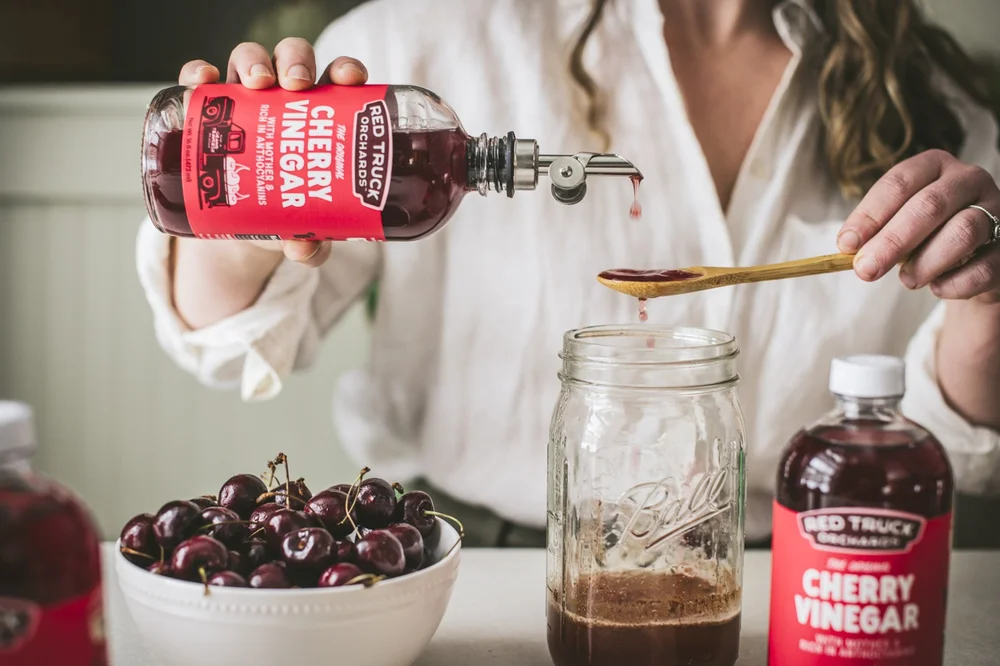Over 80,000 agricultural producers are already benefiting from the Agroseguros program, which now also offers 100% coverage against Fruit Fly for farms up to 50 hectares.
Chile is strengthening its commitment to agricultural protection with new insurance schemes designed to address increasing climatic and phytosanitary risks. Agroseguros, an entity linked to the Production Development Corporation (CORFO) and the Ministry of Agriculture, is expanding its toolbox with a free, collective insurance against the feared Fruit Fly, specifically dedicated to fruit growers with land areas of up to 50 hectares.
Reimbursements are processed within 10 days and are in addition to existing insurance tools against extreme weather events and wildfires.
A concrete response to climate instability
In recent years, agricultural regions in central and southern Chile have been severely affected by torrential rains, floods, and droughts. In this context, state-subsidized forestry and agricultural insurance programs have proven essential for ensuring the resilience of the sector.
This is also emphasized by Agroseguros' executive director, Alberto Niño de Zepeda: "Affected producers can quickly resume operations, reducing uncertainty and encouraging new investments."
The range of coverage available to fruit growers
Currently, Chilean fruit growers can access various subsidized insurance options:
- Climatic insurance for orchards, covering events such as drought, unusual rainfall, frost, wind, hail, and snow.
- Fire insurance, which protects production costs based on species, orchard age, and location.
- Free collective insurance against Fruit Fly, launched in 2025 for farms up to 50 hectares. The premium is fully covered by Agroseguros and requires no action from the grower.
According to official data, more than 45,000 fruit growers have already benefited from this new phytosanitary coverage.
Activation and access procedures
For individual contracts, policies can be subscribed through companies such as HDI, Sura, Mapfre, or Renta Nacional, insurance intermediaries, banking institutions (Banco de Chile, Santander, Banco Estado), or directly through regional INDAP offices.
For Fruit Fly insurance, however, Agroseguros itself activates the coverage: farmers need only meet the required criteria, with no further action needed.
Costs and simulation tools
The cost of individual coverage varies depending on farm size and crop type, but the government subsidy can cover between 40% and 69% of the premium.
An online simulator allows producers to calculate the available subsidy based on region, species, and crop type.
For Fruit Fly insurance, the policy is completely free.
Claim management: fast and streamlined
In the case of Fruit Fly outbreaks, once the destruction of infected fruit is completed, the SAG (Agricultural and Livestock Service) sends the necessary documentation to Agroseguros.
Agroseguros then forwards the data to the appointed insurance company, which has up to 10 days to process the compensation.
This is a procedure designed to minimize the economic and psychological impact on affected farms.
Goal: protect and relaunch the Chilean fruit sector
The implementation of this new collective insurance policy represents an immediate response to the request from Agriculture Minister Ignacia Fernández, who had called for urgent action against the spread of the Fruit Fly.
A strong signal of support for the Chilean fruit industry, which is strategic for the country’s exports and increasingly vulnerable to climate and biological shocks.
Source: diariofruticola.cl
Image source: Eppo
Italian Berry - All rights reserved












